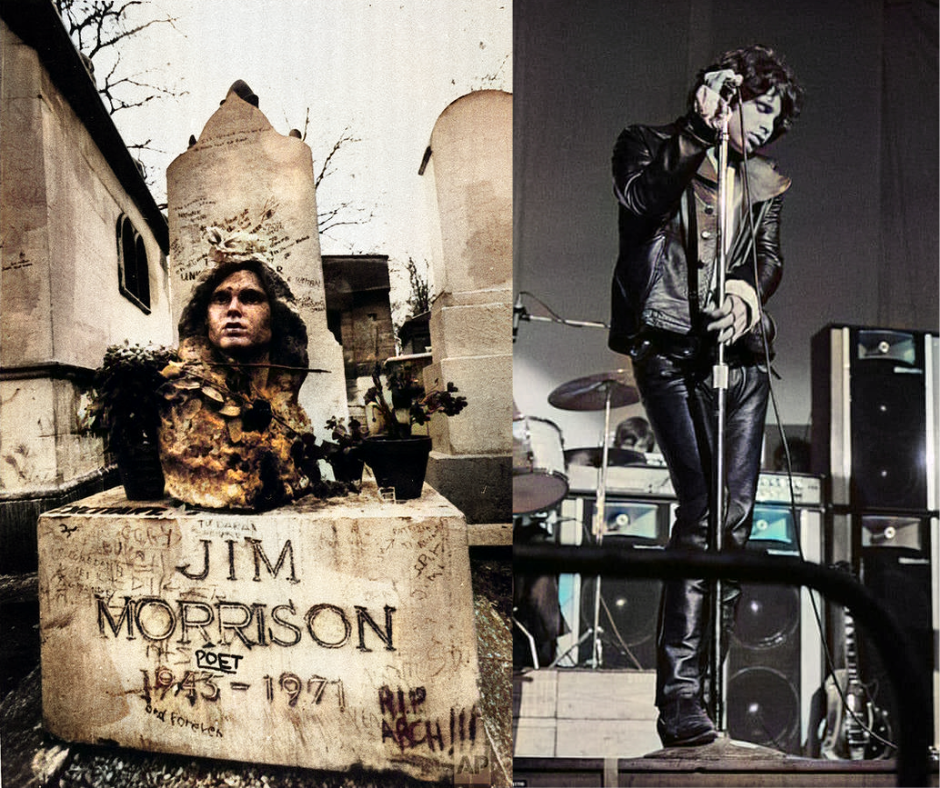
About the song
In the realm of rock music, few figures stand as iconic and enigmatic as Jim Morrison, the enigmatic frontman of The Doors. His poetic lyrics, shamanistic stage presence, and rebellious spirit captivated audiences worldwide, leaving an indelible mark on the cultural landscape of the 1960s. Amidst their catalog of psychedelic rock anthems, “To Come of Age” stands as a poignant and introspective ballad that delves into the complexities of youth, alienation, and the yearning for self-discovery.
Released in 1978 as part of the posthumous compilation album An American Prayer, “To Come of Age” unfolds as a spoken-word poem set against a backdrop of sparse, atmospheric instrumentation. Morrison’s voice, imbued with a raw, confessional quality, weaves a tapestry of vivid imagery and profound reflections, capturing the essence of a generation grappling with societal norms and the tumultuous transition into adulthood.
The song opens with a stark depiction of a “military station in the desert”, a setting that immediately evokes a sense of isolation, confinement, and the oppressive weight of authority. This imagery serves as a metaphor for the stifling environment in which the youth of the era found themselves, trapped within the rigid structures of a society that often failed to understand or appreciate their aspirations.
As the narrative progresses, Morrison introduces the figure of a “friend who drove an hour each day from the mountains”. This individual, seemingly seeking refuge from the constraints of society, embodies the spirit of nonconformity and the desire to escape the confines of the mainstream. The “mountains” themselves could be interpreted as a symbol of freedom, a place where one can transcend the limitations imposed by the outside world.
The line “the bus gives you a hard-on with books in your lap” introduces an element of youthful rebellion and the pursuit of knowledge. The juxtaposition of physical arousal and intellectual stimulation suggests a yearning to break free from societal expectations and explore the vast realms of knowledge and experience.
The image of “someone shooting the bird in the afternoon dance show” injects a jarring note of violence and disruption, hinting at the underlying tensions and frustrations simmering beneath the surface of seemingly idyllic social gatherings. The “bird” could be seen as a symbol of innocence and freedom, its demise representing the suppression of individuality and the stifling of creativity.
The line “they gave out free records to the best couple” further highlights the artificiality and conformity that the song critiques. The “records”, potentially representing societal norms and expectations, are bestowed upon those who conform to the prescribed standards of success, while those who deviate from the norm are left out in the cold.
The phrase “Spades dance best, from the hip” offers a glimmer of hope and defiance. The “Spades”, typically associated with African Americans, represent marginalized communities and those who challenge the status quo. Their dance style, described as “from the hip”, suggests a sense of authenticity, spontaneity, and a refusal to be bound by the constraints of conventional movement.
Throughout the song, Morrison employs a series of contrasting images and metaphors to paint a vivid picture of the struggles and aspirations of youth. The “dry place”, “holes and caves”, and “military station” represent the constricting environments that stifle individuality and self-expression, while the “mountains”, “books”, and “Spades” symbolize the yearning for freedom, knowledge, and authenticity.
“To Come of Age” stands as a testament to Jim Morrison’s lyrical prowess and his ability to capture the essence of the human experience. It is a song that resonates deeply with those who have ever felt alienated, misunderstood, or yearning to break free from the confines of societal expectations. Morrison’s words serve as a beacon of hope and inspiration, reminding us that the journey of self-discovery is often fraught with challenges, but ultimately leads to a deeper understanding of ourselves and our place in the world.